In the wake of the Dobbs decision sending abortion regulations back to the states, the nation has been reminded of a fundamental truth of U.S. history and government: matters of individual liberty are not the sole province of the U.S. Constitution or of the federal government. However, since the Supreme Court expanded the reach of the U.S. Constitution into areas of individual liberty in the 1960s, Americans have increasingly seen liberty as exclusively arising from or protected by the Bill of Rights. This perception contradicts both the history of liberty in the United States and the structure of federalism built into the American constitutional scheme.
Federalism creates separate and autonomous governing entities between state and federal governments. Each possesses a distinct realm of sovereignty and legal authority, but a state’s laws exert a substantial and underrecognized impact on individual liberty within its borders. Consequently, an understanding of liberty in America requires understanding how state laws impact that liberty. And achieving this understanding can facilitate a greater appreciation for the way liberty is either protected or threatened in contemporary America.
When it comes to the states’ protection (or lack thereof) of religious liberty in particular, the Center for Religion, Culture & Democracy (CRCD)’s new study, Religious Liberty in the States (RLS), is a valuable tool in understanding of the status of religious liberty in America today. With a comprehensive analysis of state laws that affect religious liberty, RLS examines all 50 states, giving each an overall score and ranking for its treatment of religious liberty issues. Such an all-state study has never before been attempted, but it is necessary if one wants to truly understand the status of religious liberty in America.
In many ways, religious liberty is affected more by state laws than by federal laws. For example, commonplace religious events, like wedding planning, are subject to state regulation. These regulations that govern routine areas of life and their broader impact on religious liberty are what the RLS evaluates. By deriving an overall score for each state, the Index also helps reflect how each state values or disregards religious freedom.
Recommended
And even though the common perception is that the federal government is what determines the state of religious liberty in America, we actually find a great deal of variation across the country when we look at legal safeguards for free exercise. The top two states, Mississippi and Illinois, have scores of 82 percent and 81 percent, respectively. The third-ranking state, New Mexico, scores well below the top, coming in at 61 percent. Most states are below 50 percent, and the bottom three (California, West Virginia, and New York) are below 20 percent. The difference in score between Mississippi and New York is about 66 percent, indicating that the legal protection of religious liberty in the two states is significantly different.
These scores, moreover, are broken down into categories, highlighting the actual variation in what the states have done to reach that score. To reach the ideal 100 percent score, states can examine what they (or other states) have done in terms of legislation to instantiate a legal protection for religious exercise and identify ways they can improve their safeguards.
As the Supreme Court’s abortion decision in Dobbs suggests, the states are about to become a greater focal point for general liberty issues. In this respect, RLS arrives at an opportune time to help us better evaluate how our religious freedoms are being treated at the state level – the level that exerts perhaps the greatest daily impact on individual religious exercise.
Patrick M. Garry is a professor of law at the University of South Dakota and a fellow at the Center for Religion, Culture & Democracy.
















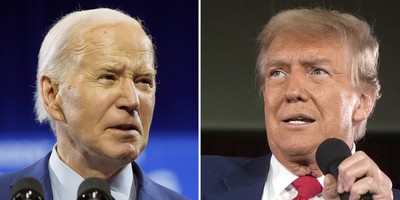
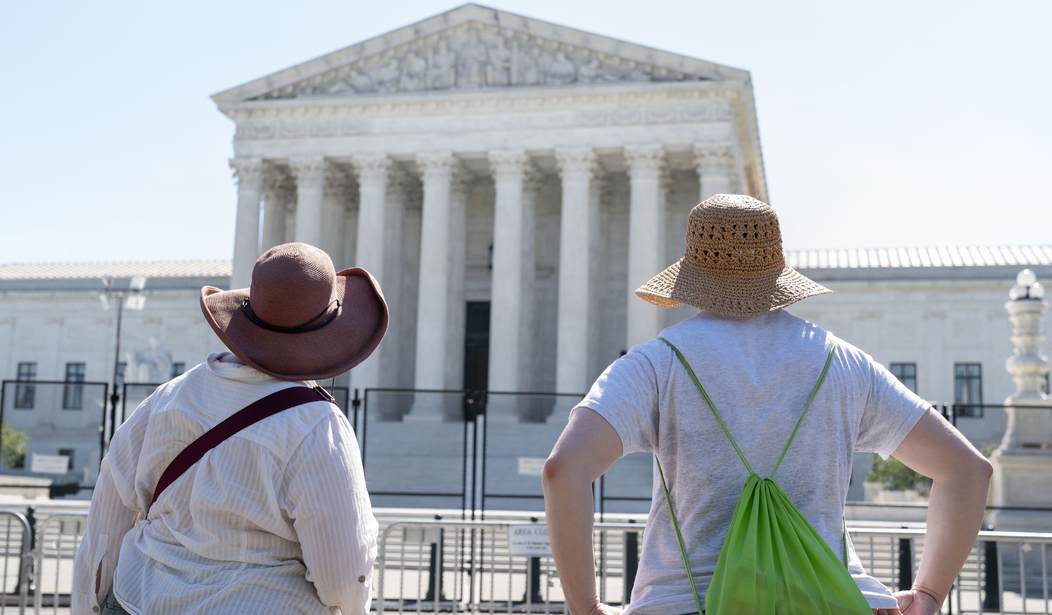
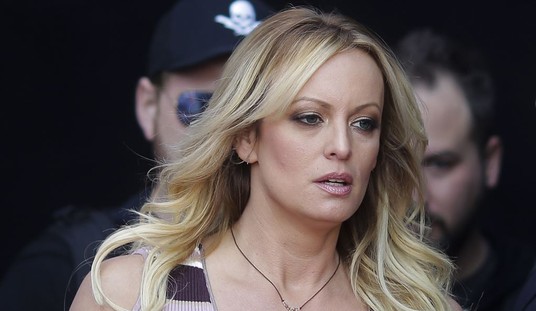
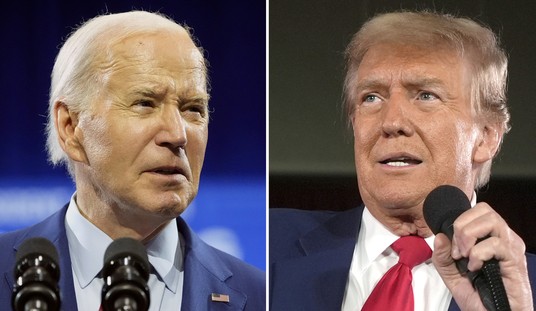
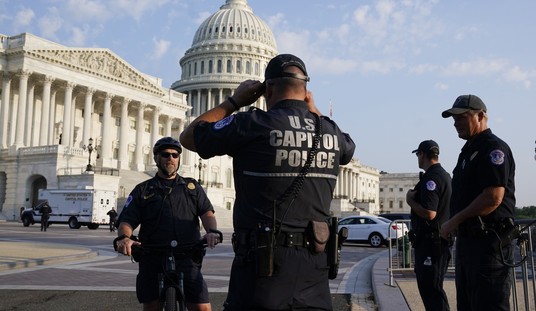


Join the conversation as a VIP Member